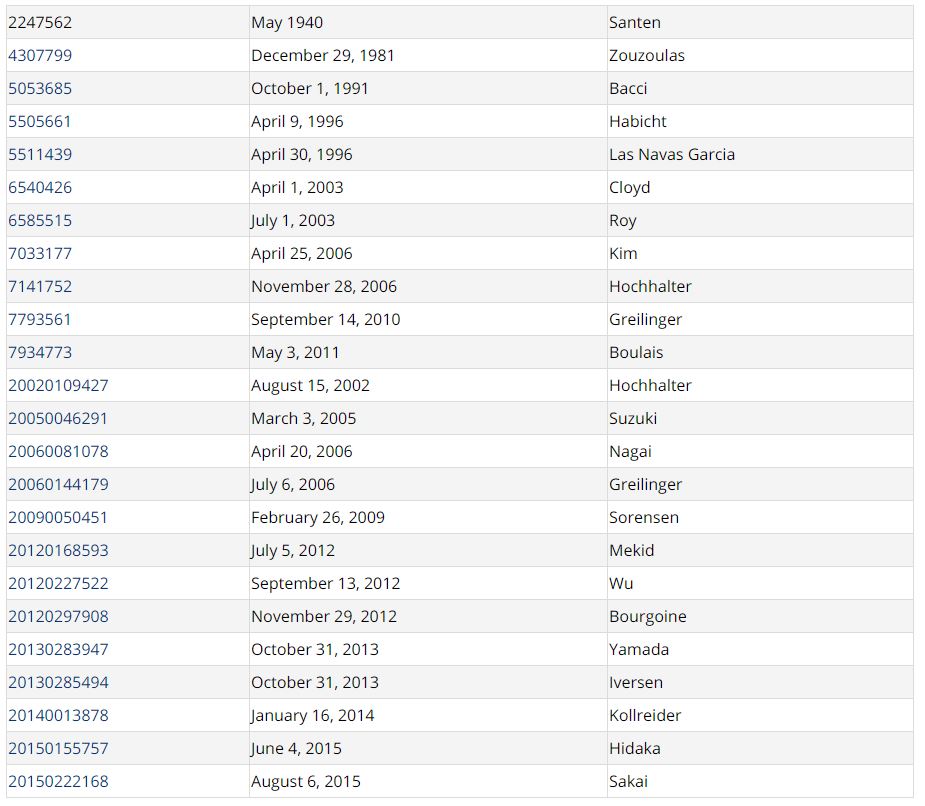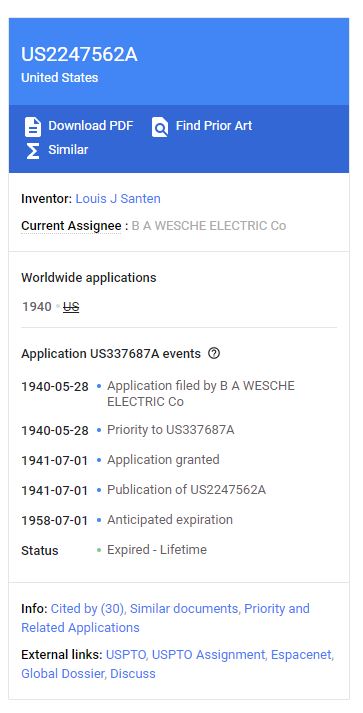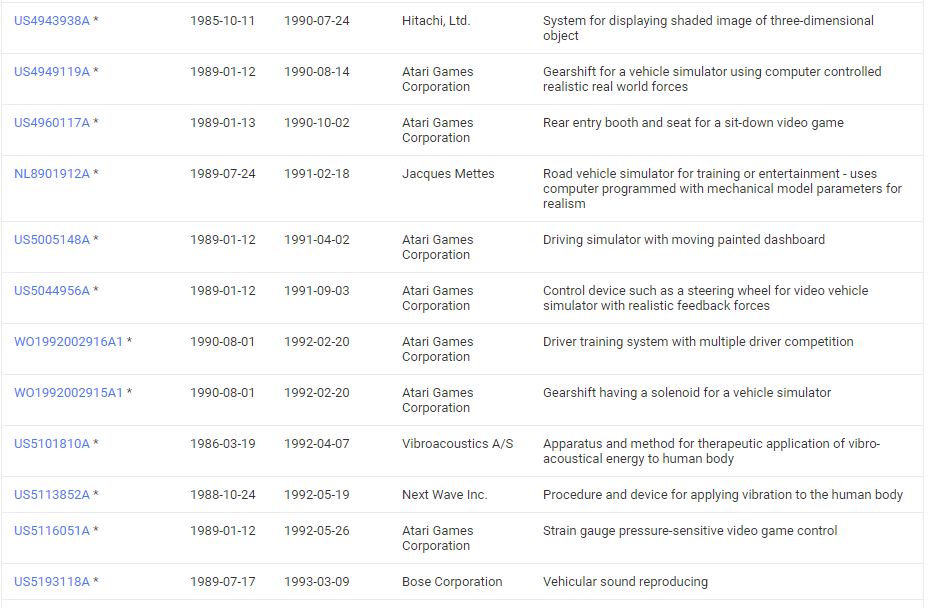
Your introduction to patents and prior art.
Time and again I come across comments around Linear Actuators/Motion Platforms “D-Box has a patent on that” with the implication that some how other platforms are illegal and copying D-Box
Let’s break this down and explain what’s happening. So hopefully you can be more enlightened in your next war on the keyboard. I will say I’m not a patent lawyer, but I have quite a bit of working knowledge having tangentially been through the process. That said a lot of this information is all out on the interwebs so you can research. Each of the various patent offices around the world have good, descriptive instructions around how you go about getting a patent :
First and foremost patents are all about protecting a novel invention, ergo by definition someone shouldn’t have done it before. Things that have come before are known as prior art (read here for a really nice easy description of this). Patents are only granted after a process of ascertaining the invention is novel and there really is no one who’s come before you.
So for instance *if* D-Box had been granted a patent on linear actuator based motion simulators in general then the patent examiners should be fired – as there’s numerous instances of prior art.
But they do have a patent, don’t they – infact more than a few!, so it’s obvious that it can’t be about Linear Actuators in general, it must be a bit more specific.
US10012295B2
Each patent gets given a unique identifier, so let’s go look at https://patents.google.com/patent/US10012295B2/en?oq=10012295 You get tonnes of publicly available data, including diagrams. Ever wondered what’s inside those actuators? well here you go…

So what exactly have they patented and why? The abstract gives us a good hint as to what’s to come. And fittingly does a tip of the hat to those inventions that have come before it
Background of the art: “Electro-mechanical linear actuators are commonly used in such motion platforms. These linear actuators must often be capable of producing low and medium amplitude outputs, at low or medium frequency, for a high number of strokes with high precision. Moreover, these linear actuators must support a portion of the weight of a platform and its occupant(s). [RH: Sounds to me like there’s definitely acknowledgement here around prior simulators] In some applications such as actuated seats, the linear actuators are limited in vertical dimension, as the space between a seat and the ground is within standards. As a result, these linear actuators are often bulky, prone to failure and have a limited stroke [RH: Oh! looks like a problem to be fixed, we’ll need to invent something to do that]
It would be desirable to increase the performance of such linear actuators, for instance by maximizing the load capacity per watt and increasing the stroke, while taking into consideration durability.” [RH: That reads like the design goal of their new actuator]
And then follows a massive section with list of claims (46), and even drawings, about what their patent claim is. Infact it looks a lot like prescribing how their actuator is built. For instance just one claim
“..8. The linear actuator according to claim 1, wherein the casing is machined solely by removal of material from a monolithic substantially cylindrical tube..”
Okay so this is all very interesting, but why? It stops someone (either verbatim, or close to) copying their actuator. Without a Patent there is very little protection someone has for copying a design – but with the patent, life gets a lot more interesting.
It should now be clear that the D-Box actuator is nothing like say (for example) the SFX-100, nor a lot of other actuators like the SCN6, or the ProSimu etc. D-Box have done a really, really good job of their design. It’s small, quiet and holds up to a lot of abuse. The engineers did well and deserved to have their actuator patented.
So hang on, how come it’s so “narrow” why wouldn’t they make it “wider” by being more general. Well to put simply they can’t – previous inventors have evolved the actuator design over the years and therefore if it was too broad then it just wouldn’t be patentable because there’s prior art.
To get an idea of just how much prior art, let’s look at their references section where they cite previous patents that this effectively has evolved from. It’s like saying “so and so invention existed here – but mine has evolved” some of these may be directly around linear actuators, others might be some other component.

Well now, that’s very interesting
It most certainly is. By D-Box’s own acknowledgement actuators aren’t anything new, and in fact if you go to the first cited patented you can certainly see the common design principles of a ball screw based actuator.
US2247562A
Drum roll please, the original, and maybe father of the linear actuator a one My Louis J Santen.
It looks like a fairly simple but quite familiar mechanism to all of us – a motor attached to a screw that moves a sliding shaft. It had what looks like limit switches and was used as an electric brake. Pretty nifty huh?


So what the heck? Why do people run around internet forums saying “that’s patented, bad brandb, bad brandb”. Put quite simply assumptions. “Patented” or “Patent Pending” sounds very ominious. And without looking under the hood it’s easy to assume it means way more than what it does in reality.
Don’t believe me? let’s look at something completely different.
The humble toaster
It would be ludicrous to anyone that you would be disbarred from making a toaster, and you’d be right.
Ie the humble toaster was patented around 1921 (https://www.uspto.gov/about-us/news-updates/patent-bread-toaster-issued-october-18-1921) but then you see many variations and subsequent patents as people try to up their game (https://patents.justia.com/patent/9888810)
Let’s talk about motion simulators
Again simulators have been around forever. Just a bit of googling lead me to a few examples without going digging through patents :
- The earliest referenced simulator (Flight, pitch only) I could find was 1958
- G-Seat simulators were around in the late 70’s by NASA – obviously I’ve done some digging here!
- A study published in 1984 here from NASA on ” Effects of Motion Bas and g-Seat Cueing on Simulator Pilot Performance “(https://drive.google.com/file/d/1EboBezjTLrQ6ijZEeNevUWzlzrgFKztG/view)
- More recently Cruden has been around with Simulators since the early 1990s (https://www.cruden.com/about-us/)
But lets go digging through patents. I found one, looked on it’s citations and boom!. Atari for instance looked to be pretty prolific in the early 1990’s patenting components of sims. Even in 1989 laying claim to perhaps the first force feedback steering wheel.

Fascinating stuff.
So next time you read a comment perhaps jump online and do a bit of fact checking, its all freely and publicly searchable.



